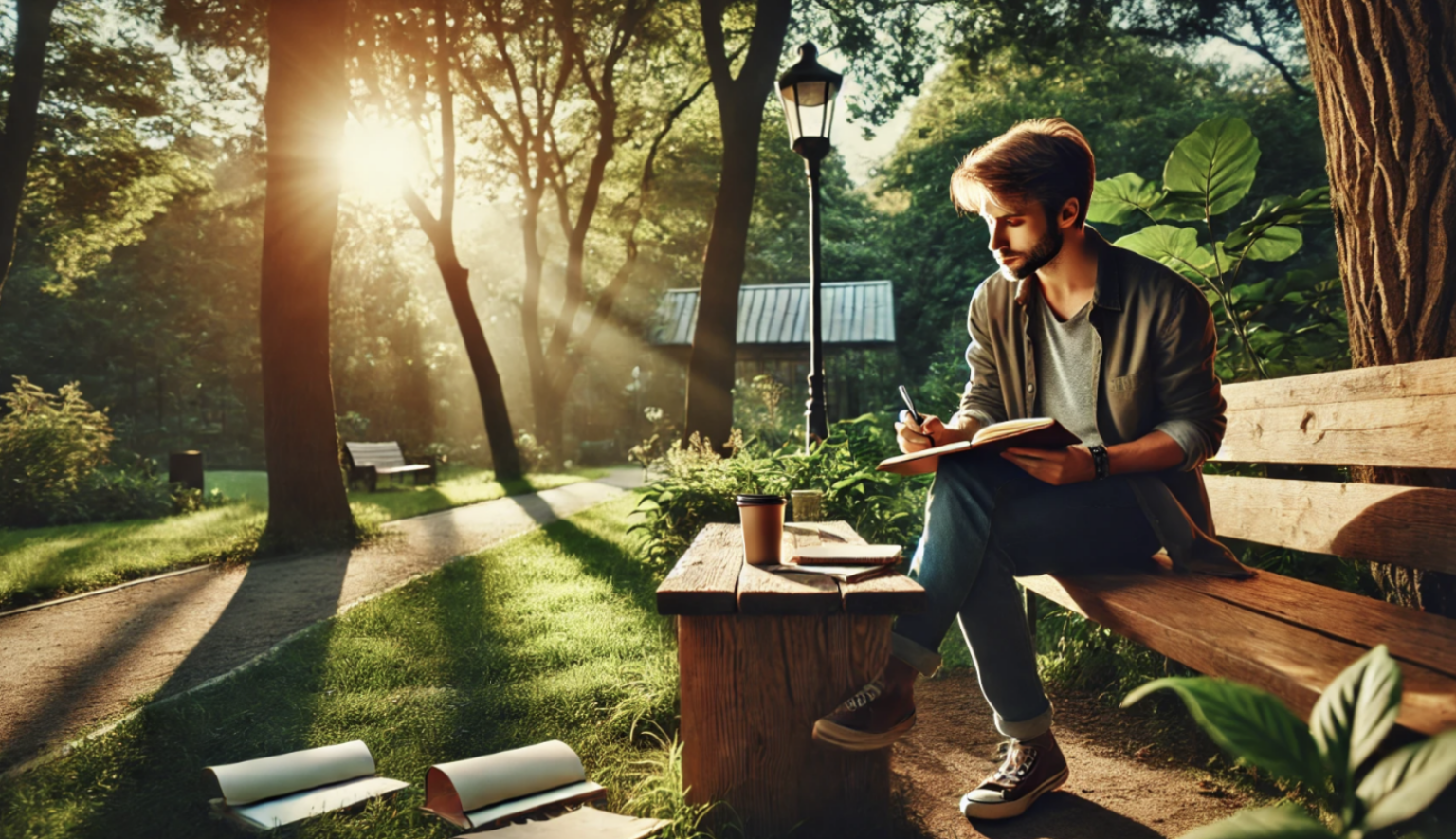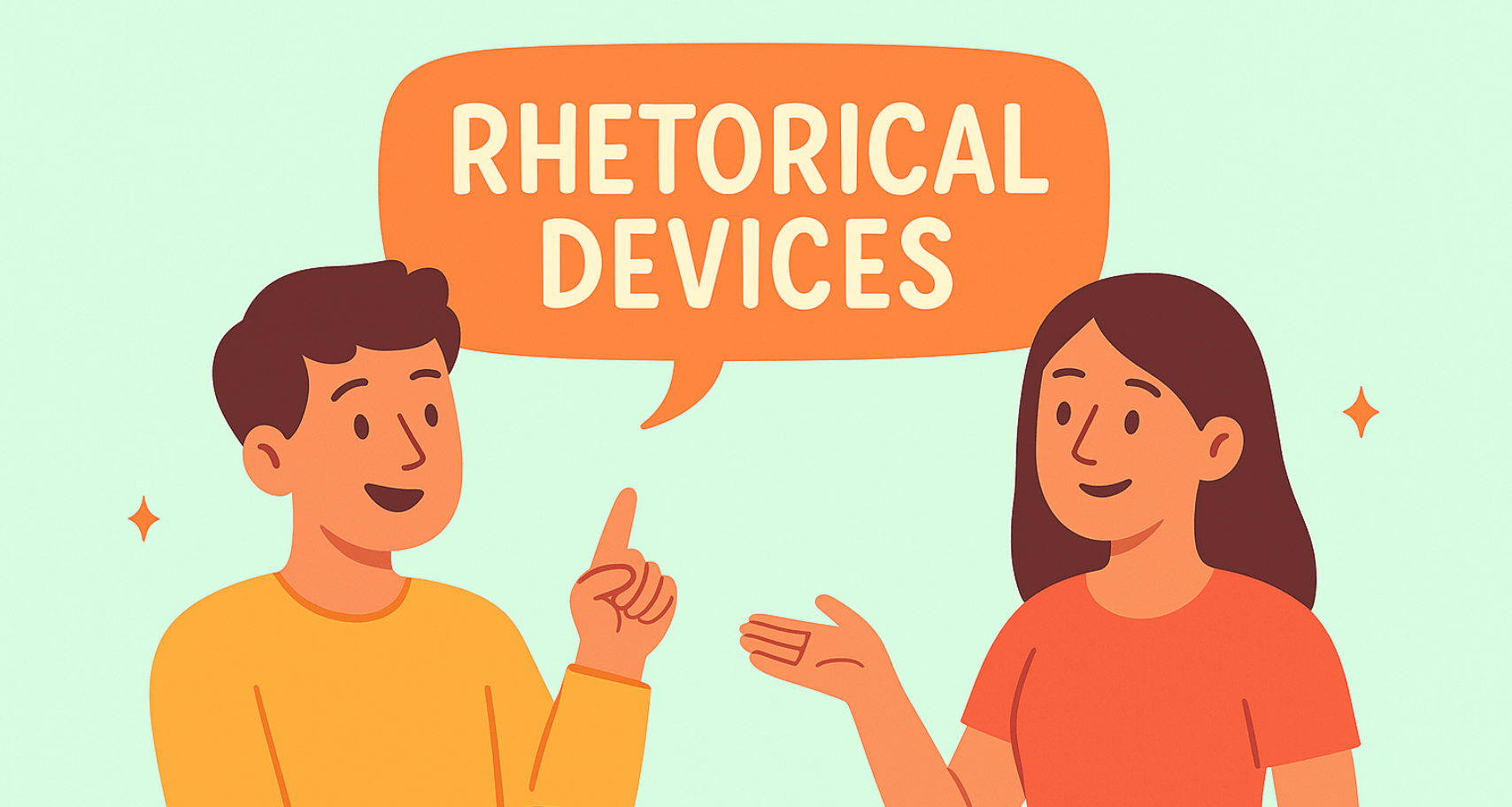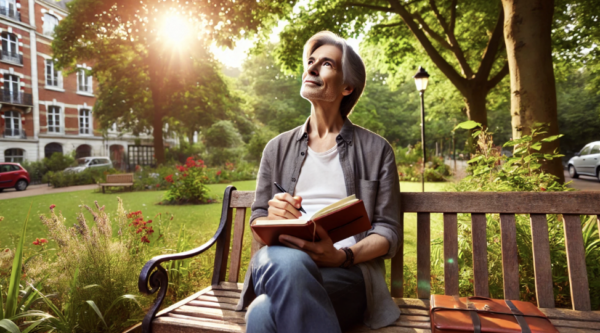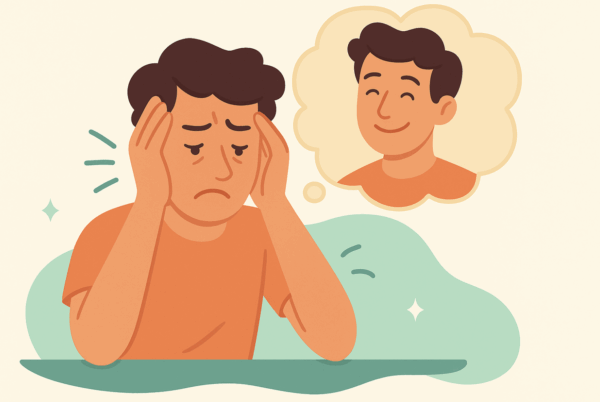Writing is an art, but let’s be real—some writing just looks better. You’ve seen it before: a beautifully formatted page, elegant font choices, and words that flow like poetry. It’s not just about what’s written—it’s about how it feels on the page. That, my friend, is the power of a writing aesthetic.
A writing aesthetic is more than just pretty fonts and artsy vibes—it’s the personality of your words, the mood they create, and the way they visually and emotionally connect with the reader. It’s the difference between a bland, robotic paragraph and something that breathes creativity. Whether you’re crafting a poetic masterpiece, designing an Instagram caption, or journaling in your moody, candle-lit writing nook, your aesthetic matters.
But how do you curate a writing aesthetic? It’s a mix of three things: fonts, style, and creative inspiration. The right aesthetic writing fonts can set the tone, your unique creative writing aesthetic shapes the personality of your words, and your writing space fuels the entire experience.In this article, we’re diving into everything you need to master the art of aesthetic writing—from choosing fonts that scream you, to crafting a writing style that feels effortlessly beautiful. Ready to level up your writing aesthetic? Let’s get into it.
What Is a Writing Aesthetic (And Why Should You Care)?
A writing aesthetic isn’t just about using a fancy font or sprinkling in poetic metaphors—it’s a whole vibe. It’s the mood your writing creates, the style you cultivate, and the way your words visually and emotionally connect with your audience. Think of it as the personality of your writing.
So, why does your writing aesthetic matter? Three big reasons:
- Personal Branding – Your aesthetic sets you apart. Whether you’re a blogger, a poet, or a novelist, your writing’s look and feel creates an instantly recognizable style. Think of dark, brooding prose in a delicate typewriter font versus playful, quirky storytelling in a bold, modern typeface—both tell a story before the reader even starts reading.
- Creative Expression – Writing isn’t just about getting words on a page; it’s about crafting an experience. A well-defined creative writing aesthetic enhances how you express your thoughts, whether you lean into dreamy, lyrical storytelling or crisp, minimalist prose.
- Reader Engagement – Let’s be honest: people judge books (and blogs, and social media captions) by their cover. A cohesive aesthetic draws readers in and makes your words more immersive.
Not sure what your aesthetic is? There are plenty of writing aesthetics to explore. Dark Academia evokes candle-lit desks, handwritten letters, and poetic melancholy, perfect for those who love moody, intellectual vibes. If you prefer a crisp, no-fluff approach, Minimalist writing strips language down to its essence—think Hemingway, but with a modern twist. For a nostalgic, vintage feel, the Retro Typewriter aesthetic embraces slightly messy, heartfelt storytelling, reminiscent of old-school writers hammering away at their machines. Your aesthetic isn’t just about how you write—it’s about how your writing feels. And trust me, when you find the right one, you’ll know.
Aesthetic Writing Fonts: Because Looks Do Matter
Let’s face it—fonts have vibes. The right font can make your writing feel elegant, mysterious, or even nostalgic, while the wrong one can make it look like a middle-school PowerPoint. (Looking at you, Comic Sans.) Whether you’re crafting a novel, journaling your deepest thoughts, or creating an aesthetic blog post, your font choices shape the mood of your words.
Fonts That Fit the Aesthetic
Want to upgrade your writing aesthetic? Start with the right font. Here are some go-to choices for different vibes:
- Dark & Mysterious: Garamond, EB Garamond, IM Fell English – Think old books, candlelit libraries, and poetic melancholy.
- Minimalist & Modern: Helvetica, Lora, Raleway – Crisp, clean, and effortlessly chic.
- Retro Typewriter: Courier New, Special Elite, Merriweather – Perfect for that vintage, coffee-stained manuscript feel.
- Romantic & Elegant: Playfair Display, Cormorant Garamond, Crimson Pro – Soft, stylish, and timeless.
- Handwritten & Whimsical: Dancing Script, Indie Flower, Patrick Hand – Great for personal journaling or artsy storytelling.
Pairing Fonts Like a Pro
Mixing fonts? Keep it simple. When pairing fonts, contrast is key. A bold serif alongside a sleek sans-serif creates balance, like the perfect literary duo—think Playfair Display with Raleway. But no matter how stylish a font is, readability should always come first. Your main text needs to be easy on the eyes, with decorative fonts reserved for accents, not entire paragraphs (unless you want your readers to squint in frustration). And of course, the font should match the mood. A whimsical handwritten font in a horror novel? Probably not the best choice. But a typewriter-style font in a nostalgic memoir? Absolutely perfect. At the end of the day, your aesthetic writing fonts should enhance your work, not distract from it—because let’s be honest, good writing deserves to look as good as it reads.
Crafting Your Signature Aesthetic Writing Style
If fonts and formatting are the looks of your writing, then your style is its soul. A creative writing aesthetic isn’t just about appearances—it’s about rhythm, word choice, and the way your sentences feel. Some writing is crisp and minimalist, like a sharp black-and-white photograph. Other writing drips with rich imagery, pulling the reader into a dreamlike haze. The key to crafting your own aesthetic writing style? Intentionality.
Every writer has a rhythm—some sentences move in short, punchy beats, while others unfurl like poetry. Hemingway was a master of the former, stripping down language to its rawest essence. Virginia Woolf, on the other hand, wove thoughts together in flowing, stream-of-consciousness prose. Both had a clear aesthetic. Which one speaks to you?
Word choice is another defining factor. Do you lean into lyrical, poetic descriptions, or do you keep things straightforward and modern? Consider F. Scott Fitzgerald’s lush, golden sentences in The Great Gatsby versus Raymond Carver’s bare-bones, emotionally loaded dialogue. Different, but equally powerful.
To develop your writing aesthetic, start by experimenting with literary techniques—play with alliteration, metaphors, and sentence variation to shape your tone. Pay attention to consistency; if your style leans whimsical and dreamy, an abrupt shift into stiff, corporate phrasing will break the aesthetic. At the same time, draw inspiration from your favorite writers without outright imitation. Read widely, absorb different styles, and then weave those influences into something uniquely your own.
Authors like Oscar Wilde, Toni Morrison, and Haruki Murakami have unmistakable writing aesthetics because they fully embrace their own voices. The trick isn’t just to write beautifully—it’s to write beautifully like you. Find your rhythm, refine your word choices, and let your writing aesthetic become as distinct as your fingerprint.
Setting the Scene: Aesthetic Writing Beyond the Words
A writing aesthetic isn’t just about what’s on the page—it’s also about the world you create around your writing. Imagine trying to craft a moody, poetic masterpiece while sitting under fluorescent office lights with a half-eaten sandwich next to your keyboard. Not exactly inspiring, right? Your environment, your tools, and even your pre-writing rituals all contribute to the creative energy behind your words.
Start with your writing space. Whether it’s a cozy candlelit desk, a sun-drenched café, or a quiet corner filled with vintage books, your surroundings should reflect the aesthetic you want to bring to your writing. Some writers swear by mood boards—Pinterest is perfect for collecting images that match the tone of your project, while Notion can help organize your aesthetic inspirations. Prefer something tactile? A leather-bound notebook or a stack of Polaroid photos can add an old-school charm to your process.
Beyond the physical, rituals can help immerse you in your creative writing aesthetic. Maybe it’s brewing a cup of tea before drafting, listening to a carefully curated playlist, or writing by hand to slow down and savor each word. Even something as simple as changing your font to a classic typewriter-style (hello, Courier New) can shift your mindset into a different writing space.
The key is to make writing feel less like a task and more like an experience. When you create an atmosphere that aligns with your aesthetic, your words will start to feel more alive—and so will your creativity.
The Aesthetic Writing Wrap-Up: Finding Your Perfect Style
Your writing aesthetic is more than just a font choice or a pretty journal—it’s the rhythm of your words, the mood they create, and the atmosphere you build around them. The right aesthetic writing fonts can set the tone, your writing style shapes the personality, and your creative space fuels the entire experience. When all three align, your writing doesn’t just communicate—it resonates.
But here’s the secret: there’s no one-size-fits-all aesthetic. The magic happens when you experiment, mix influences, and refine your voice until it feels unmistakably you. Try new fonts, play with different styles, and build a writing space that inspires you. Need more ideas and inspiration? Spines is here to help you explore, refine, and elevate your writing aesthetic—because creativity deserves a community.
So go ahead—embrace the beauty of words, craft an aesthetic that speaks to you, and let your writing feel as good as it sounds. Because good writing sounds good, but aesthetic writing feels good.
FAQs – Writing Aesthetic
Q1: Is ‘writing aesthetic’ the same as ‘writing style’?
Not exactly! A writing aesthetic is the overall vibe and visual or emotional experience of your writing, including fonts, formatting, and mood. Writing style, on the other hand, refers to the specific way an author structures sentences, chooses words, and conveys ideas. While the two are related, a creative writing aesthetic involves more than just words—it’s about crafting a cohesive artistic atmosphere.
Q2: What is the aesthetic handwriting called?
Aesthetic handwriting is often referred to as calligraphy, modern script, or hand lettering, depending on the style. Some people also use aesthetic writing fonts to mimic beautiful handwritten styles in digital work. Whether it’s elegant cursive or a minimalist print, handwriting contributes to an overall writing aesthetic that enhances creativity and expression.
Q3: What are some rare examples of writing aesthetics?
Beyond popular aesthetics like dark academia and cottagecore, there are some unique and rare writing aesthetics, such as:
- Steampunk Writing Aesthetic – Inspired by Victorian-era machinery and retro-futurism.
- Cyber Noir – A moody mix of sci-fi and detective fiction.
- Liminal Spaces Aesthetic – Evokes a surreal, dreamlike quality in storytelling.
- Baroque Prose – Ornate, elaborate, and rich in detail, often seen in historical literature.
Each of these aesthetics creates a distinct sensory and emotional experience for the reader.
Q4: What are the qualities of a writing aesthetic?
A strong writing aesthetic blends visual elements, mood, and style to create a distinctive creative identity. Consistency is key—whether your aesthetic is minimalist, gothic, or retro, maintaining a cohesive look and feel keeps readers immersed. Fonts and formatting also play a role, as choosing the right aesthetic writing fonts can enhance the overall mood of a piece. Beyond the visual, word choice and tone define the personality of the writing, shaping how it feels—whether lyrical and poetic or stark and minimalist. Finally, atmosphere ties everything together, making the writing feel immersive, almost cinematic, as if the reader is stepping into a carefully curated creative world.
Q5: What are the 7 types of creative writing?
Creative writing spans multiple forms, each with its own writing aesthetic potential:
- Poetry – Expressive, rhythmic, and often visual in its layout.
- Fiction (Novels & Short Stories) – Storytelling with unique narrative styles.
- Drama & Screenwriting – Writing meant for performance, driven by dialogue.
- Memoirs & Personal Essays – Creative nonfiction with a personal touch.
- Flash Fiction & Microfiction – Ultra-short stories that rely on impactful brevity.
- Journaling & Letter Writing – Personal reflections that can carry a distinct creative writing aesthetic.
- Experimental Writing – A rule-breaking, avant-garde approach to form and structure.
Each form allows writers to explore different aesthetics, from classic elegance to modern minimalism.
Q6: How do I develop my own writing aesthetic?
Developing a unique writing aesthetic starts with understanding what inspires you. Explore different creative writing aesthetics, from dark academia to modern minimalism, and take note of the moods, fonts, and stylistic choices that resonate with you. Experiment with aesthetic writing fonts, sentence structure, and word choice to refine your personal style. Creating a mood board, curating a writing playlist, or setting up an inspiring workspace can also help immerse you in your aesthetic. Over time, your writing aesthetic will evolve into something that feels distinctly you.








